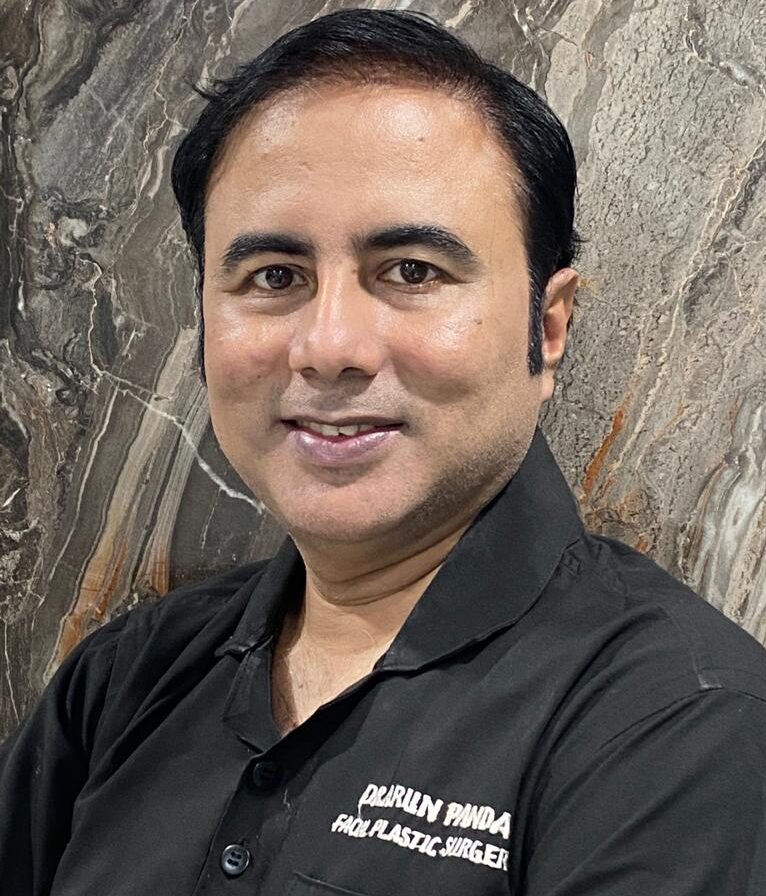Orthognathic Surgery

Orthognathic Surgery
What is Orthognathic Surgery?
Orthognathic or jaw surgery encompasses a group of surgical procedures designed to correct the deformities in the structure and shape of the jaw and face. It includes many procedures that are performed on the upper and lower jaws. In genetically predisposed patients, jaws grow in a deformed manner. There could be a deformity in vertical or horizontal directions in one or both the jaws. The deformity could have an influence on facial symmetry, chewing and eating, speech, swallowing, etc. Orthognathic or Jaw surgeries are performed to correct the facial asymmetry, improve chewing and speech, improve the ability of lips to close, minimize excessive wear and tear of teeth.
How is Orthognathic surgery performed?
All the orthognathic surgical procedures are performed after the jaw growth has stopped in a patient, usually 14 to 16 years in females and 17 to 20 years in males. Orthognathic surgery is performed in close association with an orthodontist as the teeth are an important factor that needs consideration while deciding the surgery. Pre-surgical orthodontic treatment needs to be started and then surgery is performed. The final touches are given by the orthodontist to align the teeth.
The surgical procedure is performed under general anesthesia. Incisions on the soft tissues are given inside the mouth. The upper or lower jaws are exposed through these incisions. According to the plan, cuts are made in the bone, either in the lower or upper jaws or both. The occlusal parts or teeth are aligned as planned prior to the surgery. The bone may be removed or a gap may be created to add height as per requirement. The cut mobile parts are finally fixed to the untouched part of the facial skeleton with titanium plates and screws. Incisions are closed with sutures that are usually removed in 10 days.
What to expect after an Orthognathic surgery?
Once orthognathic surgery is performed, it would align the jaws and teeth in its correct position. One can dramatically expect an improvement in chewing, breathing, speech, and appearance of the symmetrical face. The improved appearance also improves the self-esteem of the patient.
How to go-ahead for the procedure with Dr. Arun once you have decided?
Dr. Arun Panda is a fellowship-trained Facial Cosmetic Surgeon. He is well experienced in various Facial plastic surgeries, Non-surgical Facial aesthetic procedures, and Hair Transplant surgery. His practice is totally dedicated to what he mentions as “creating beautiful faces”!
Decision making in performing Jaw surgery is the key. A close association with an orthodontist is of prime factor. Dr. Arun prefers to have multiple sittings with the patient and the orthodontist to understand the amount of correction that could be required to improve the maximum amount of function and aesthetics. X-rays, scans, models need to be closely studied before decision making. Once the treatment plan is finalized, patients are explained in detail regarding the types of surgeries that would be required for one jaw or both, its outcome, complications, achievable results, etc. Once understanding is made, the patient is asked for investigations and medical clearance and surgery are finalized.
Statistics (scale of 1 to 10):
Invasiveness: 10
Pain factor: 8
Patient satisfaction: 10

